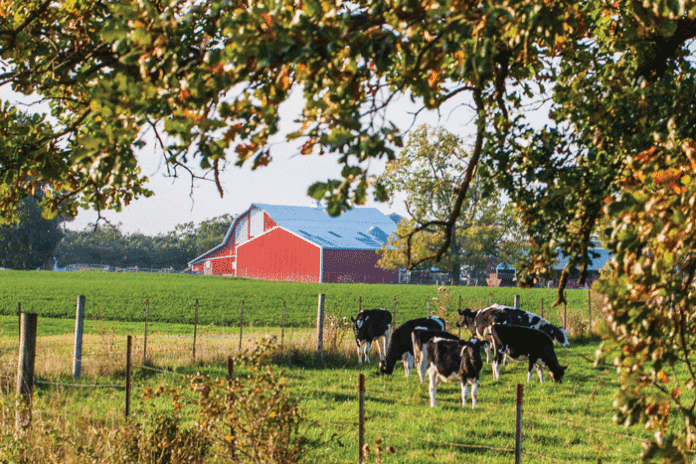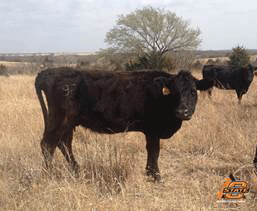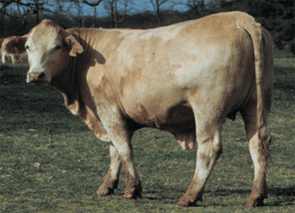The debate over spring-calving or fall-calving seasons is a common topic in Oklahoma, and Southern Plains producers have alternatives for calving seasons that producers in more northern climes do not. Spring and fall are the seasons of choice. Traditionally many herds have been bred to calve in February and March, to take advantage of summer forage greenup when the lactating cows and new calf crop most need high quality forage. Some fall calving seasons have arisen from elongated spring seasons or were initiated by “rolling over” females that failed to become pregnant in the spring breeding season. Most fall-calving herds were created by design to take advantage of improved cow condition at calving, improved market conditions when calves and cull cows are sold, and less weather (heat) stress on cows and bulls during the breeding season. Due to our mild winters and ability to winter nursing cows reasonably efficiently, south-central Oklahoma is ideally situated to take advantage of a fall-calving system, and historical market trends make it appealing. However, it does not have to be an “either, or” scenario. Having two calving seasons spreads cash flow through the year and offers flexibility to respond to market signals or, in other words, allows producers options to avoid “putting all their eggs in one basket.”
Deciding on the use of one calving season or two calving seasons is a big first decision when commercial producers are choosing calving seasons. Research has shown that buyers are willing to pay premiums for larger lot sizes of uniform calves. Consequently, two calving seasons may be more advantageous for herds of 80 cows or more. To take full advantage of the economies of scale, a ranch needs to produce at least 20 steer calves in the same season to realize the price advantage associated with increased lot size. Therefore, having forty cows in each season as a minimum seems to make some sense.
Using two seasons instead of just one can reduce bull costs a great deal. Properly developed and cared-for bulls can be used in both the fall and the spring, therefore reducing the bull battery by about half. If bulls are used twice per year, they must be given adequate nutrition to maintain body condition and should be required to pass a breeding soundness exam at least yearly.
Another small advantage to having two calving seasons is the capability of taking fall-born heifers and holding them another few months to go into the spring season and vice versa. Because of this, replacement heifers are always 2 1/2 years at first calving instead of 2 years old. These heifers should be more likely to breed early in the breeding season and have slightly less calving difficulty. Research (Goodrich, et al., 1985 OSU Research Report) has shown that these differences are very small, therefore the cost of the other six months feed must be minimal to make this a paying proposition. A disadvantage to breeding heifers to calve at 30 months is found when “open” heifers are culled. They are too old to go the feedlot and produce high grading carcasses. Therefore, the older heifers will be discounted (price per pound) when marketed after an unsuccessful attempt to get them bred.
Some producers like the dual calving seasons because of the spread of the marketing risk. Having half of the calf crop sold at two different times allows for some smoothing of the cattle market roller coaster ride. It is important that an adequate number of calves be born together to a make a marketable package that will not be discounted because of small lot size.
Labor requirements and increased pastures must also be considered. More days of the calendar year are involved with checking cows and heifers during the calving season if split seasons are utilized. Fall-calving often conflicts with wheat planting during September or October. More pastures are required to keep cows in the same stage of production together when there are two calving seasons. Non-lactating cows need less energy and protein than do lactating cows to maintain body condition. Feeding both together would be very inefficient.
There are advantages and disadvantages to a split calving season. Having a split calving season is NOT for everybody but may be an alternative for some Southern Plains producers.
Follow me on Facebook @ https://www.facebook.com/leland.mcdaniel











